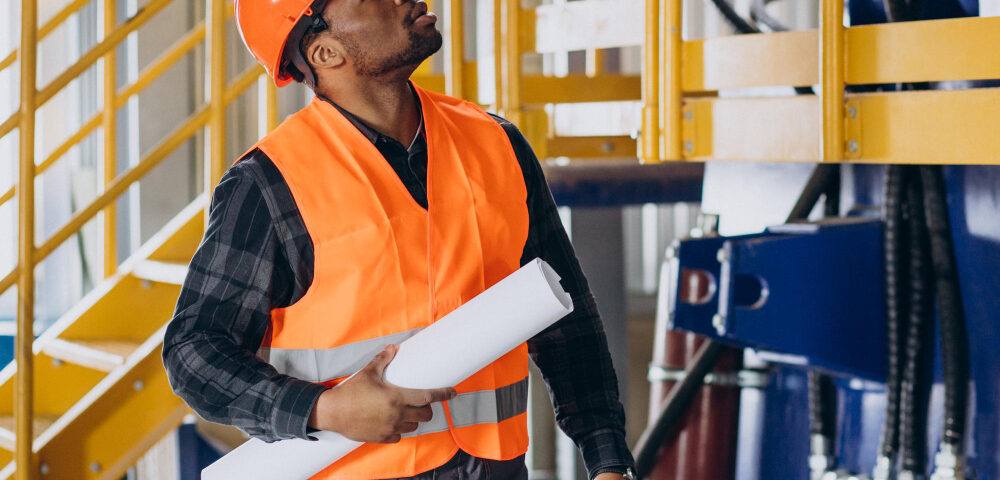
Cost-Effective Industrial Cleaning Solutions for Large Facilities
November 13, 2024
Key Performance Indicators for Facility Managers
November 25, 2024In today’s dynamic work environments, the responsibility of ensuring workplace safety and security falls squarely on the shoulders of facility managers. Beyond just maintaining the physical infrastructure, facility management plays a crucial role in implementing comprehensive strategies to protect employees, visitors, and assets from potential risks and threats.
In recent years, the landscape of workplace safety and security has evolved significantly. Traditional approaches, such as installing surveillance cameras and hiring security personnel, are still important components. However, modern facility management goes beyond these basics, integrating technology, procedural protocols, and proactive measures to create a secure environment.
One of the primary functions of facility management in ensuring safety is risk assessment. Facility managers conduct thorough evaluations to identify potential hazards and vulnerabilities within the workplace. These assessments cover a wide range of factors, including building infrastructure, emergency preparedness, and compliance with regulatory standards. By understanding these risks, facility managers can develop targeted strategies to mitigate them effectively.
Emergency preparedness is another critical aspect of facility management. From natural disasters to security breaches, unforeseen events can pose significant threats to workplace safety. Facility managers must develop robust emergency response plans that outline procedures for evacuation, communication, and crisis management. Regular drills and training sessions ensure that employees are well-prepared to respond effectively in emergencies, minimizing potential harm and disruption.
Incorporating technology into security measures is also a growing trend in facility management. Advanced surveillance systems, access control mechanisms, and biometric authentication tools provide enhanced security capabilities. These technologies not only deter potential threats but also enable real-time monitoring and rapid response to incidents. Moreover, integrated systems streamline security operations, allowing facility managers to maintain vigilance with greater efficiency.
Furthermore, fostering a culture of safety within the workplace is paramount. Facility managers play a pivotal role in promoting awareness and accountability among employees. By encouraging adherence to safety protocols, conducting regular training sessions, and facilitating open communication channels, facility managers cultivate a proactive approach to safety that permeates throughout the organization.
Compliance with regulatory requirements is non-negotiable in facility management. Laws and regulations governing workplace safety, such as OSHA standards, impose strict obligations on organizations to maintain a safe and healthy work environment. Facility managers must stay abreast of evolving regulations and ensure full compliance to avoid legal liabilities and protect the well-being of employees.
In conclusion, the role of facility management in ensuring workplace safety and security cannot be overstated. By conducting risk assessments, implementing emergency preparedness measures, leveraging technology, fostering a culture of safety, and ensuring regulatory compliance, facility managers play a pivotal role in safeguarding the workplace. Through proactive and holistic approaches, facility managers create environments where employees can thrive with peace of mind, knowing that their safety is a top priority.



